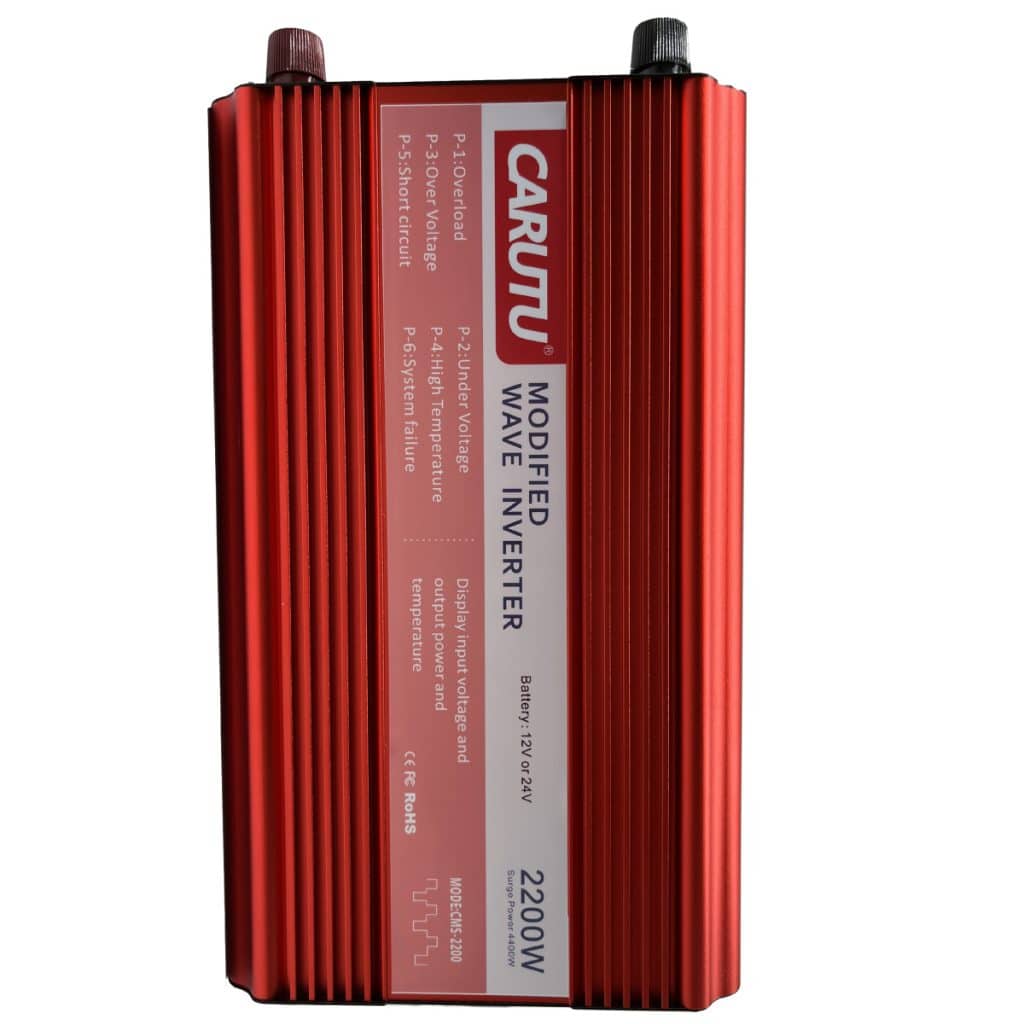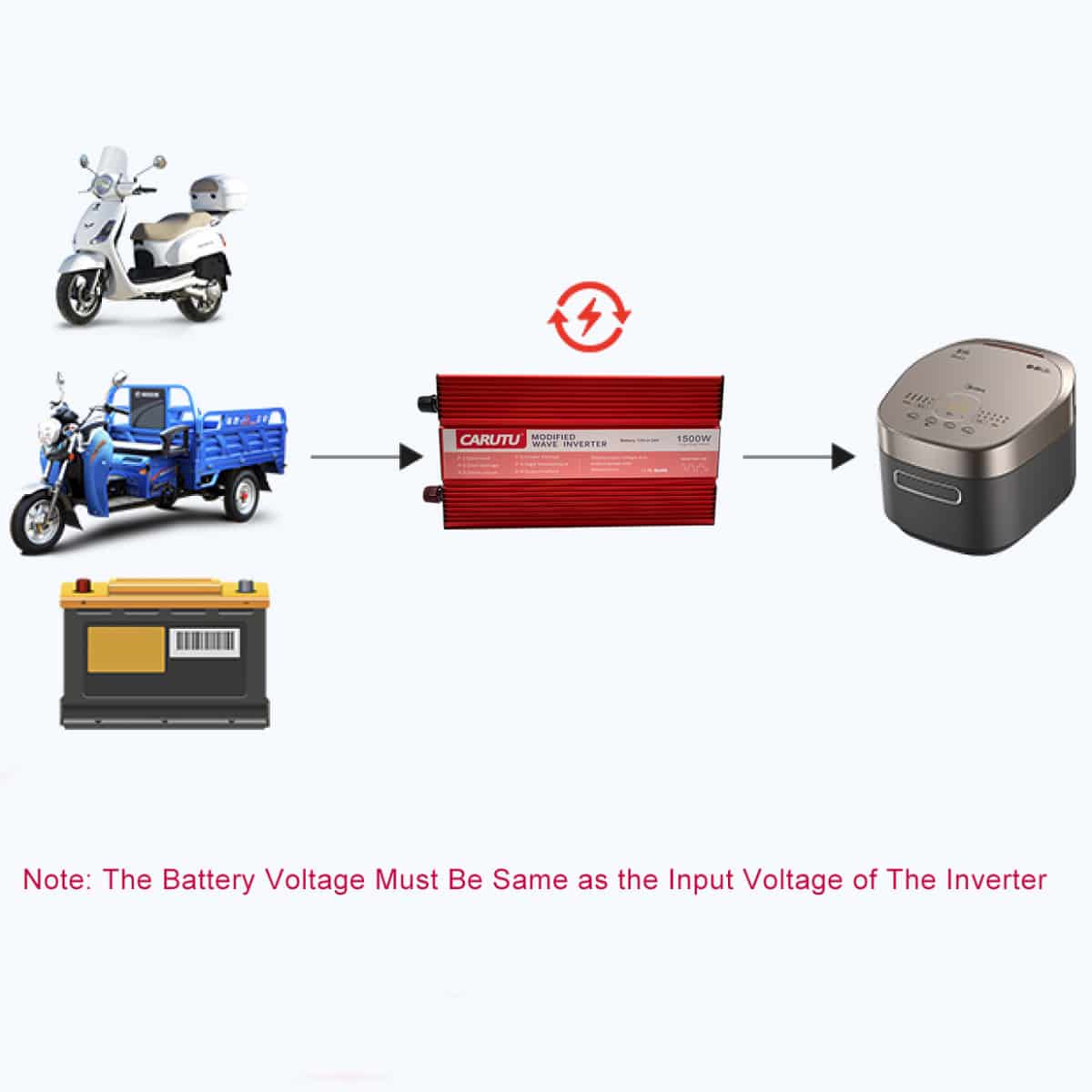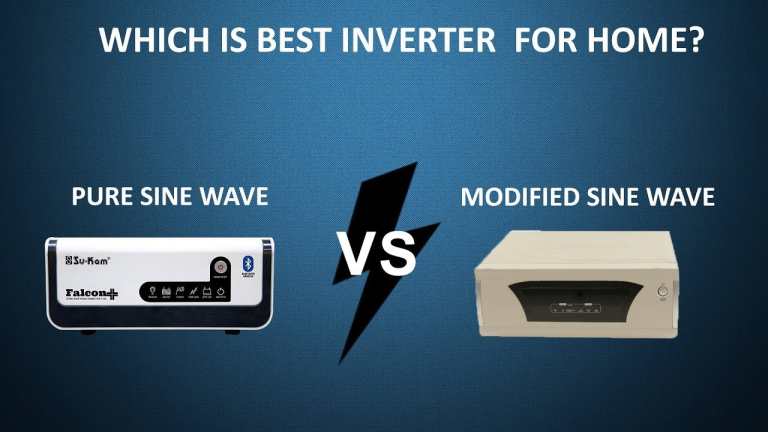Inverters vs. Converters: Understanding the Key Differences
Inverters vs. Converters: Understanding the Key Differences
In the realm of power electronics, inverters and converters are two fundamental components that play critical roles in various applications. While they may seem similar in some aspects, they serve distinct purposes and exhibit crucial differences that are essential to understand for engineers, technicians, and enthusiasts alike. This article delves into the world of inverters and converters, exploring their key differences, applications, and how they contribute to the efficient transfer and conversion of electrical energy.
I. Introduction
Power electronics form the backbone of modern electrical systems, ensuring the efficient transfer and utilization of electrical energy. Within this domain, inverters and converters are indispensable devices that facilitate the transformation of electrical power. Inverters and converters serve complementary functions and are crucial in diverse applications, from renewable energy systems to electric vehicles.
II. What Is an Inverter?
An inverter is an electronic device that converts direct current (直流) into alternating current (交流). It is designed to change the voltage level and frequency of the electrical power supply. Inverters are commonly used in applications where the load or the grid requires AC power, but the source of power is DC. The conversion process enables compatibility between various components of the electrical system.

III. What Is a Converter?
Conversely, a converter is a device that changes the characteristics of electrical power, such as voltage, current, or frequency. Converters can operate with both AC and DC power sources. They are utilized to match the requirements of the load or to condition power for a particular application. Converters can convert AC to DC (rectifiers) or DC to AC (inverters), depending on the desired outcome.

IV. Understanding the Key Differences
To gain a deeper understanding of the differences between inverters and converters, let’s explore some critical distinctions:
- Conversion Direction:
Inverters: Convert DC to AC.
Converters: Can convert AC to DC (rectifiers) or DC to AC (inverters).
- Input Power Type:
Inverters: Accept DC input.
Converters: Can accept both AC and DC inputs.
- Output Power Type:
Inverters: Generate AC output.
Converters: Produce either AC or DC output, depending on their configuration.
- Voltage and Frequency Control:
Inverters: Control both the voltage and frequency of the AC output.
Converters: Typically control the voltage and may not modify the frequency.
V. Applications of Inverters and Converters
Both inverters and converters find applications in various industries. Understanding their differences and specific use cases is crucial in ensuring efficient operation.
- Inverter Applications:
Renewable Energy Systems: Inverters are vital components in solar photovoltaic and wind energy systems, where they convert DC power generated by solar panels or wind turbines into usable AC power.
Electric Vehicles: Inverters are essential in electric vehicles to convert DC power from the batteries into AC power for the electric motor.
Uninterruptible Power Supplies (UPS): Inverters are used in UPS systems to provide AC power during outages by converting DC power stored in batteries.
- Converter Applications:
Rectifiers: AC to DC converters are commonly found in power supplies for electronic devices and equipment.
Voltage Regulators: Converters are used in voltage regulation to ensure that electrical appliances receive stable and suitable voltage levels.
HVDC Transmission: High-voltage direct current (HVDC) systems use converters to convert AC power from generators into DC power for efficient long-distance transmission.
VI. Efficiency and Control
The choice between inverters and converters depends on the specific requirements of an application. Inverters are preferred when the desired output is AC power and when precise control of voltage and frequency is necessary. Converters, on the other hand, are employed when there is a need to convert power between AC and DC, or to adjust voltage and current levels.
Efficiency is a critical consideration when choosing between inverters and converters. Both devices can introduce losses in the conversion process, so selecting the right device and design is vital to minimize energy waste.
VII. Conclusion
Inverters and converters are fundamental components in power electronics, each serving distinct purposes in converting and conditioning electrical power. Understanding their key differences and applications is essential for engineers, technicians, and anyone interested in the field of electrical power. By choosing the right device for a specific application, we can ensure the efficient and reliable operation of electrical systems, from renewable energy sources to electric vehicles and beyond. As technology continues to advance, the role of inverters and converters will remain central to



